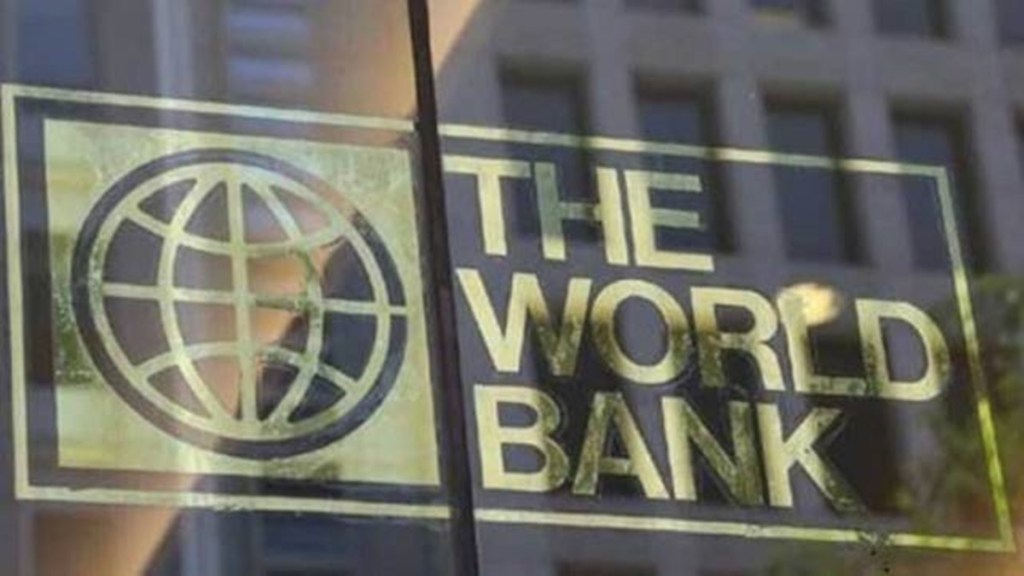By Dhruba Purkayastha and Neha Khanna
Since 2012, global climate investments have been falling short of the requirement, with the result that the gap has been widening year after year. Currently, estimates of actual annual global climate investments range from $632 billion (Climate Policy Initiative) to $803 billion (the United Nations Framework Convention on Climate Change), even as the annual requirement stands at over $3 trillion. The total climate finance mobilised from all public and private sources from developed countries to developing countries amounts to just around $90 billion, in 2020.
The last calendar year saw a slew of reform-directed initiatives from various multilateral development banks (MDBs): G20 Capital Adequacy Framework, Bridgetown Initiative, HLEG Climate Finance (COP 27), and others. These initiatives seek to increase climate investments, specifically from the Global North (developed countries) to the Global South (developing countries). The reports of these MDBs have certain common recommendations: (a) increase leverage of MDB balance sheets; (b) avoid use of credit ratings as reference; (c) increase use of guarantee instruments; and (d) invest in, and/or lend more to, climate mitigation and adaptation projects. These recommendations, however, need to be adapted for The World Bank Group.
Also read: Rethinking deposit insurance in India
If one were to look only at the World Bank Group, specifically at The International Bank for Reconstruction and Development (IBRD), The International Development Association (IDA), and The International Finance Corporation (IFC), these institutions work differently, are funded differently, and have different objectives. IDA provides concessional funds (credits and grants) to low-income countries; IFC lends to/invests in the private sector without sovereign guarantees; and IBRD lends to states/state entities with sovereign guarantees. Now, what do the recommendations on MDB reforms mean for the World Bank Group, and what can each of the Bank’s arms do differently for climate investments?
A quick glance at the financials of IBRD, IDA, and IFC leads one to a starting point. While IBRD has a substantial callable capital (~90% of its total), IFC has no callable capital. IFC’s leverage is at 2.1, while that for IBRD is 4.75, both as of FY2022. (IBRD lends $227 billion on its paid-up equity base of $55 billion, whereas IFC lends and invests $44 billion on its equity base of USD 22 billion). As mentioned, these institutions are very different from each other, which means a comparison between them may not be useful. IFC, for example, not only provides loans, but also makes debt and equity investments in companies, and hence needs to maintain a level of capital buffer that is different from IBRD’s. As for IBRD, it does sovereign guaranteed lending and has callable capital to fall back on if tail risks were to materialise.
For the World Bank to make a bigger impact on climate investments, the focus needs to shift onto large middle-income countries, which are typically IBRD (non-IDA) countries. Thus, the World Bank Group, while broadly keeping with the MBD recommendations, could do the following.
Increase use of risk mitigation tools to complement lending
IBRD and IFC are both AAA rated entities and this status is unlikely to change, given the repayment track record and preferred credit status in many countries. While the increasing use of guarantees may lower the cost of finance for borrowers (private or sovereign), guarantees cannot work by themselves. They require the involvement of other lenders/investors who would be the users of such guarantees. Therefore, increased use of guarantees needs to be complemented by partnerships with domestic and international development financial institutions focused on climate investments.
Increase lending for climate investments
Also read: Telcos’ revenue growth slows to 9% year-on-year in March 2023
For IBRD and IFC to increase lending, they would have to increase borrowings, and this seems possible, given their current leverage. For both IBRD and IFC, issuance of climate labelled bonds to increase balance sheet size and direct lending to climate investments could be a way forward. IDA will have to rely on donor capital to increase its balance sheet size.
However, the volume of climate investments likely from the World Bank Group (IBRD, IFC and IDA) with a combined balance sheet size of $700 billion would still fall far short of the required trillions of dollars in climate investments.
Increase crowding-in of private capital
The total balance sheet of IFC, IBRD, and IDA combined stands at $700 billion leveraged at 1.2 times. Even if the World Bank were to increase its leverage multiple times, it would not be able to bridge the climate investment gap that currently stands at over $3 trillion. The World Bank Group’s focus is overall development, and not just climate investment.
Moreover, directed climate investments may not always be aligned to the sustainable development goals of low-income countries. Therefore, global commercial banks, asset owners/managers and insurance companies, many of whom are signatories to The Glasgow Financial Alliance for Net Zero (GFANZ), need to be roped in (GFANZ has signatories representing over $150 trillion in financial assets as of October 2022). Even a 10% utilisation of this can go a long way in shrinking the climate finance gap.
In this context, the World Bank Group could possibly be the enabler of crowding-in of global capital through structured partnerships, and work out effective use of ‘callable capital’ to de-risk institutional investments through separate institutional risk mitigation mechanisms (back-stopped by callable capital). This could also include expanding the role of MIGA to include provision of green guarantees.
In sum, broad MBD recommendations regarding leverage, guarantees and crowding-in of private capital could be the areas of focus for the new president, to make the World Bank more effective for climate investment.
Writers are respectively, India director, and manager, Climate Policy Initiative
